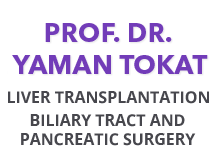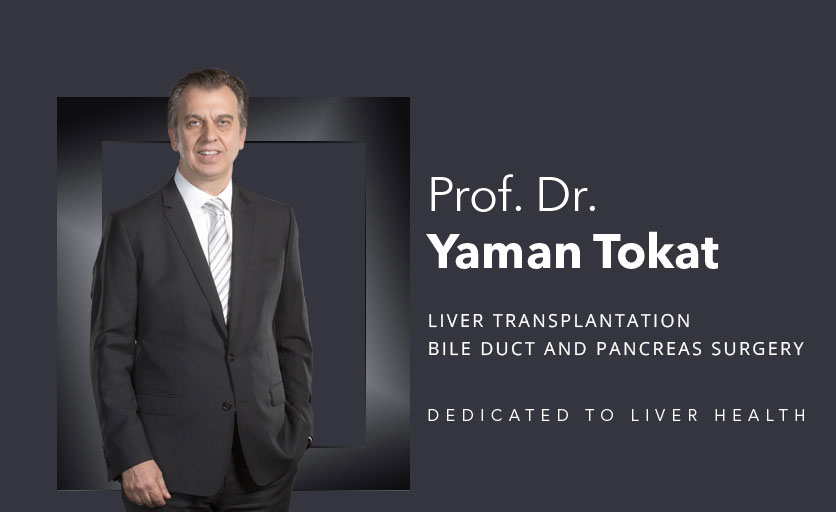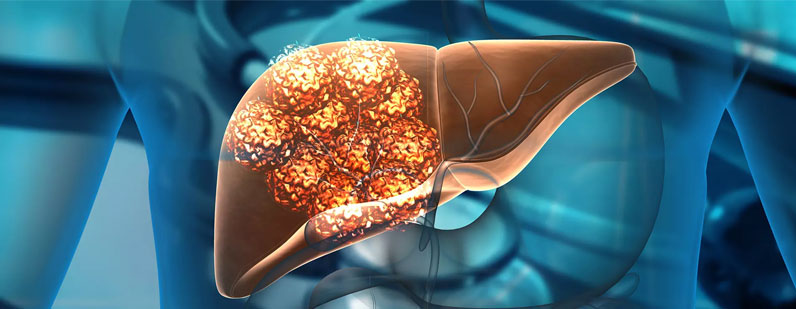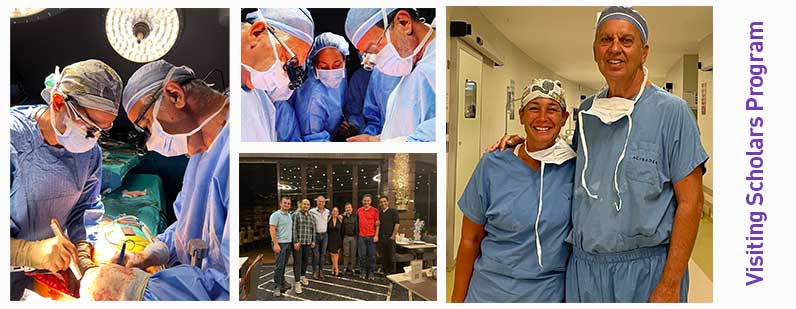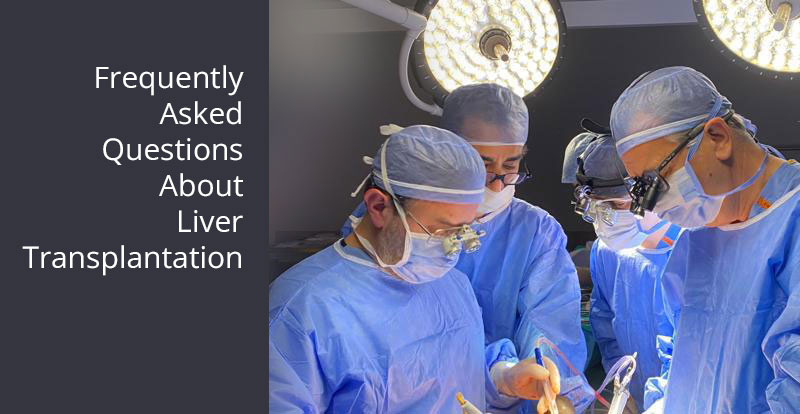Liver Transplantation
For many years, organs required for transplantation have been obtained from donors who were declared brain dead, with permission from their families. However, since there are not enough organs available for everyone in need, the number of patients waiting for organ transplants continues to increase each day. As a result, many patients with liver failure who are placed on the waiting list for a liver transplant lose their lives before a suitable organ becomes available. On the other hand, patients whose close relatives donate a portion of their liver can undergo transplantation without having to wait on the list.
Today, living donor liver transplantation has become the most important alternative treatment method for many patients requiring liver transplantation due to liver failure or tumors.
Liver Transplantation from a Living Donor
In a living donor liver transplantation, the diseased liver of the recipient is completely removed, and a portion of the liver taken from the living donor is immediately transplanted into the recipient.
The liver is unique among all organs in the body because of its ability to regenerate and grow, which makes living donor liver transplantation possible. Liver regeneration begins immediately and can continue for up to one year. Therefore, when surgeons remove a portion of the liver from the donor, both the remaining part in the donor and the transplanted part in the recipient rapidly return to their original size.


